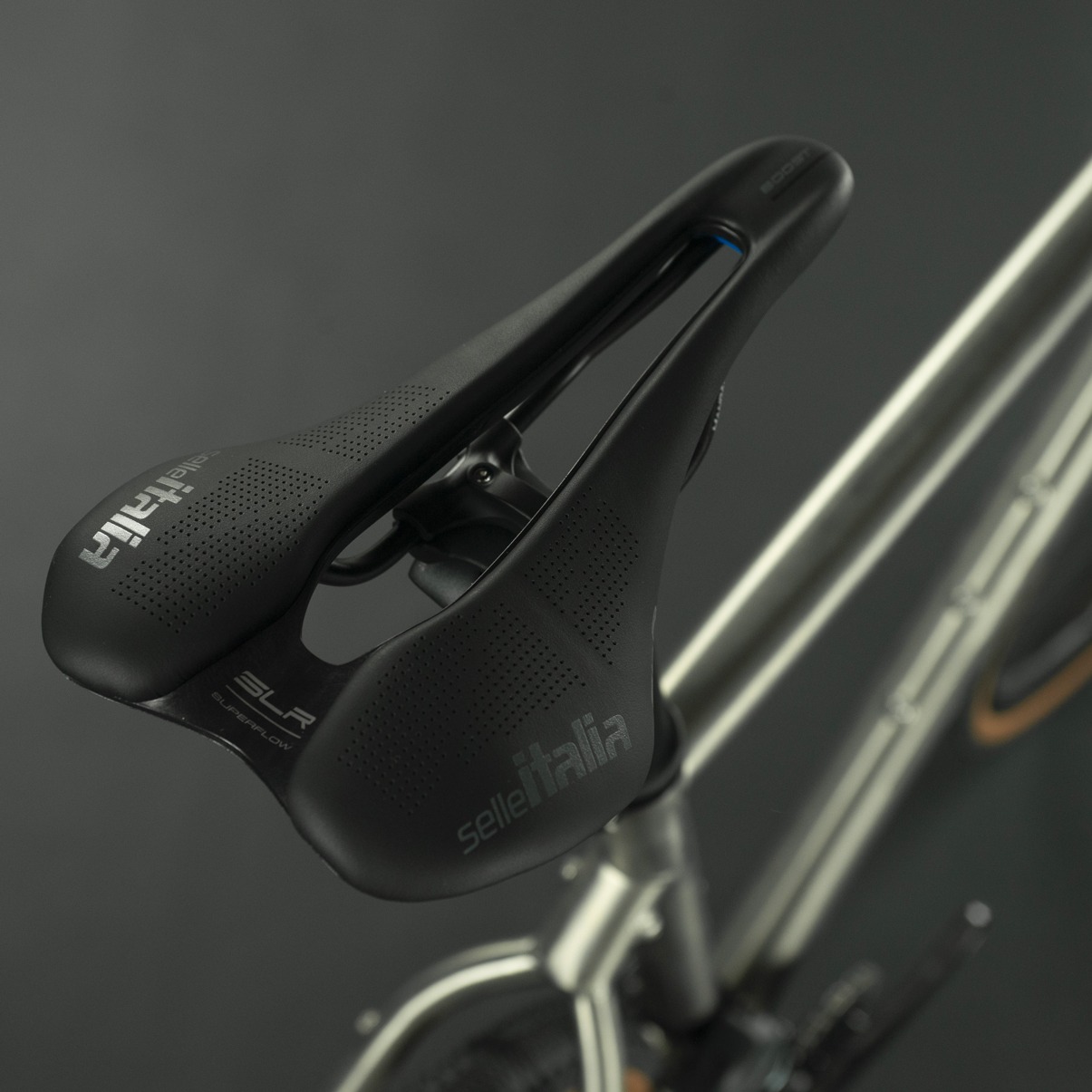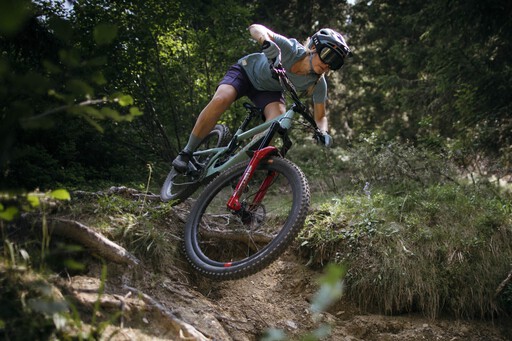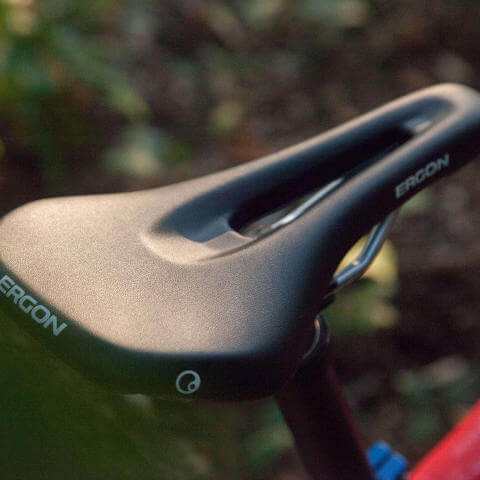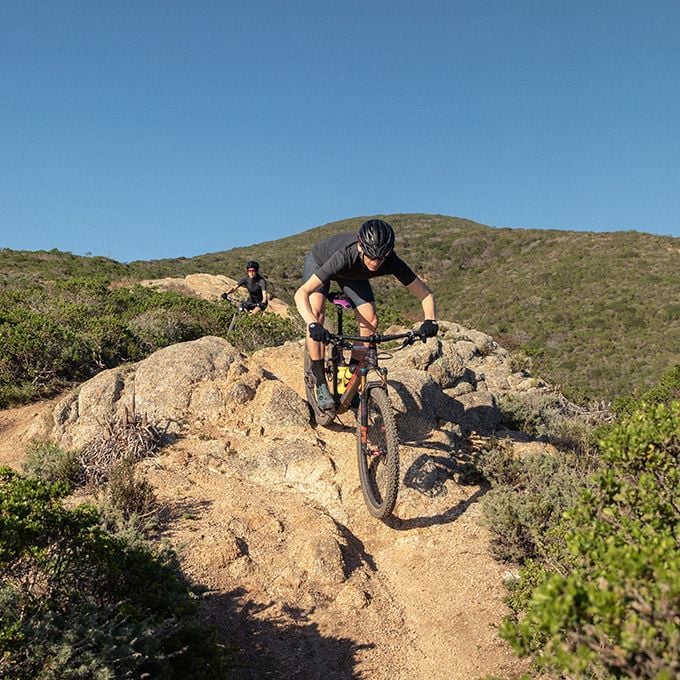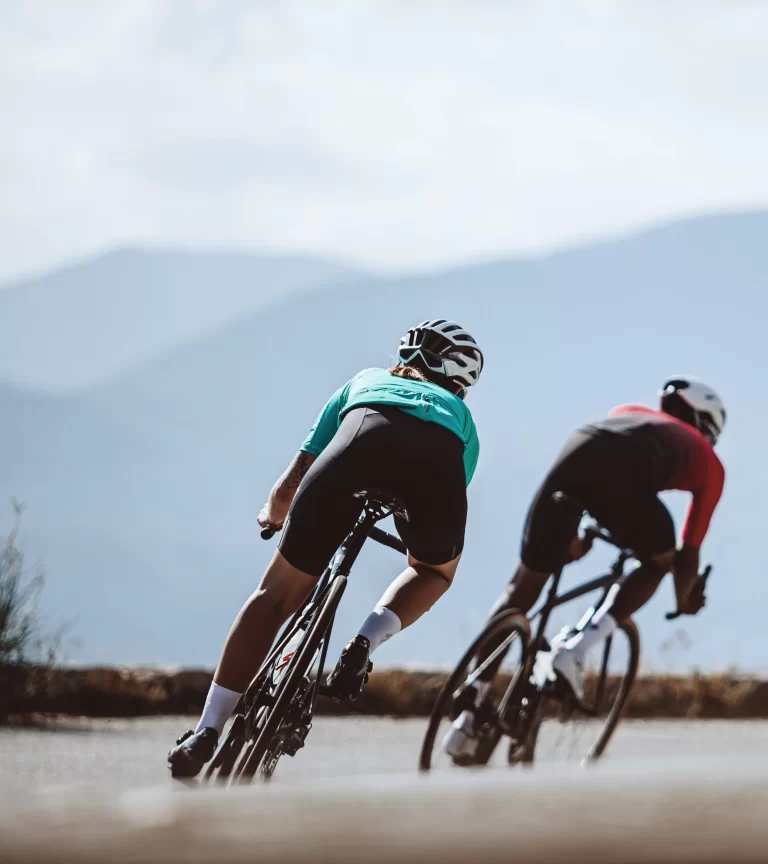The Impact of Saddle Shape on Comfort

Key Point Summary of Impact of Saddle Shape on Comfort:
- Saddle Shape Matters: The shape of the saddle significantly affects comfort and performance.
- Ergonomic Design: Ergonomic designs in saddles cater to different riding styles and physical needs.
- Width and Length Considerations: The width and length of the saddle must align with the rider’s anatomy.
- Cutouts and Channels: These features in saddle design can enhance comfort by reducing pressure.
- Material and Flexibility: The materials used and the flexibility of the saddle also contribute to comfort.
Understanding the Role of Saddle Shape
The shape of your saddle can be the difference between a comfortable ride and an uncomfortable one. Saddles come in various shapes – some are flat, while others are curved. The right shape depends on your riding style, pelvic anatomy, and flexibility. A flat saddle tends to suit riders with greater pelvic rotation, whereas a curved saddle might be more comfortable for those with less rotation.

Ergonomic Design for Different Riders
Ergonomic design in saddles is about tailoring the saddle to fit the rider’s body and riding style. For example, a saddle designed for aggressive mountain biking may have a narrower profile to allow for better leg movement. On the other hand, a saddle for more leisurely trail riding might be broader and more padded.
Width and Length: Key Dimensions
The width and length of the saddle are crucial. The width should match the sit bone spacing of the rider for optimal support, and the length should allow for comfortable movement and positioning. Getting these dimensions right can greatly improve ride comfort and reduce the risk of discomfort or injury.
The Advantage of Cutouts and Channels
Many modern saddles come with cutouts or channels running down the middle. These features can relieve pressure on sensitive areas, improving blood flow and comfort, especially on longer rides. The effectiveness of these features varies from rider to rider.
Materials and Flexibility
The materials used in the saddle not only affect its durability but also its comfort. Some materials offer more flexibility, conforming to the rider’s movements, while others provide a stiffer platform for more powerful pedaling. The choice of material often comes down to personal preference and the type of riding you do.
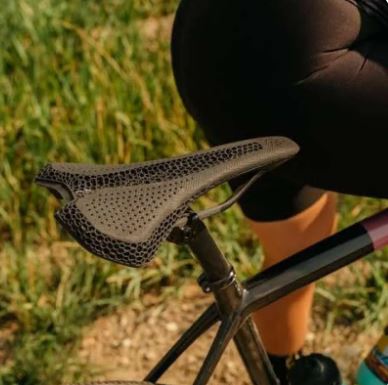
Saddle Shape and Cycling Comfort
In the cycling community, it’s widely observed that different saddle shapes can significantly affect comfort and riding performance. For instance, some riders experience a notable improvement in comfort when they switch to a saddle with a cutout in the center, which can relieve pressure on sensitive areas. Others find a saddle with a full nose more supportive and comfortable, especially during aggressive riding. These variations underscore the importance of choosing a saddle shape that aligns with individual comfort needs and riding styles.
Here’s a list of mountain bike saddle models known for their varying shapes that impact comfort:
- WTB Volt: Offers a unique shape that suits a wide range of riders, blending comfort with performance.
- Fizik Monte: Known for its waved shape, catering to aggressive downhill riders.
- Ergon SMC4: Designed with an emphasis on ergonomics, ideal for long rides.
- SDG Bel-Air 3.0: Combines a rear-rise design with a nose platform, offering versatile riding positions.
- Selle Italia SLR Boost: A short-nosed saddle designed for performance and comfort during aggressive riding.
Each of these models highlights different aspects of how saddle shape can influence overall comfort and performance in mountain biking.
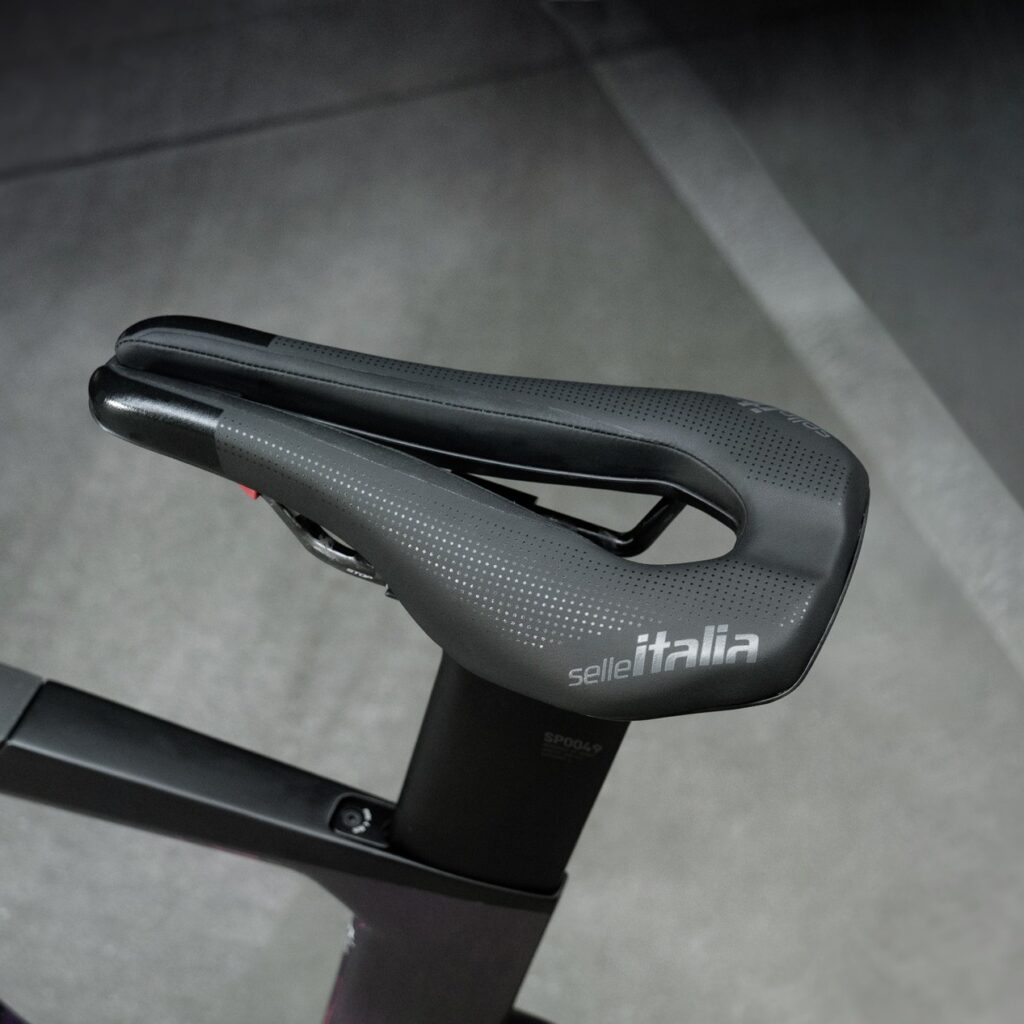
Final Thoughts
Choosing the right saddle shape is a critical aspect of ensuring comfort on a mountain bike. It requires considering various factors such as ergonomic design, width and length, and personal riding style. While the process can be trial and error, finding the right saddle shape can dramatically improve your cycling experience. What works for one rider may not work for another, so it’s important to consider your own needs and preferences when selecting a saddle.
John
FAQ
What are the different types of mountain bike saddles?
Mountain bike saddles come in various types, including:
- Cross-Country (XC) Saddles: Designed for efficiency and often feature a lightweight, streamlined design.
- Trail Saddles: Balanced between comfort and performance, suitable for a variety of riding styles.
- Enduro Saddles: Built for durability and support during aggressive downhill riding.
- Downhill Saddles: Emphasize durability and stability with a wide rear section.
- All-Mountain Saddles: Versatile options offering comfort and performance for diverse terrain.
- Wide Saddles: Provide extra cushioning and support for comfort on long rides.
- Narrow Saddles: Designed for speed and agility with minimal padding.
The choice depends on the rider’s riding style, terrain, and comfort preferences.
What is the difference between T shape and V shape saddle?
T-shaped saddles have a flatter, wider rear section resembling the letter T. They provide support for the sit bones and are suitable for riders who prefer a more stable, upright position. V-shaped saddles have a narrower, pointed rear section resembling the letter “V.” They are designed to reduce pressure on the perineum and are often chosen by riders who want more relief in the middle of the saddle. The choice between T and V shape depends on the rider’s comfort and riding style.
What is the difference between flat and wavy saddles?
Flat saddles typically offer a more consistent surface and are preferred by riders who move around a lot on the saddle, especially in aggressive riding positions. They are often favored by riders with good pelvic rotation and flexibility. Wavy saddles, on the other hand, have a raised rear section that provides better support for the sit bones and a dipped middle for pressure relief. They are generally more comfortable for riders who maintain a more static, upright position. The choice between flat and wavy saddles largely depends on individual comfort, riding style, and pelvic anatomy.
Are flat saddles better?
Whether flat saddles are better depends on the rider’s anatomy, riding style, and preference. Flat saddles can be more comfortable for riders with good pelvic rotation and flexibility, allowing for a more aggressive riding position. They often suit riders who like to move around on the saddle and maintain an aerodynamic position. However, they might not be as comfortable for riders who prefer a more upright position or have limited pelvic rotation. It’s important to choose a saddle based on individual comfort and riding needs.
